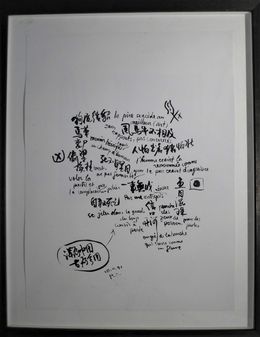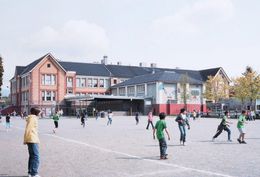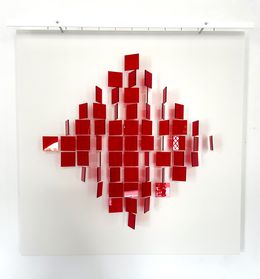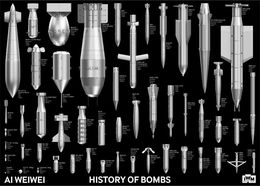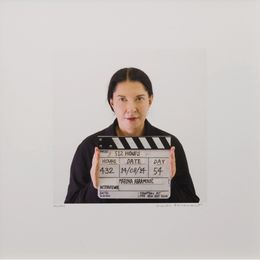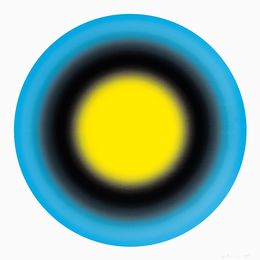
A conversation with Jérôme Sans
A conversation with Jérôme Sans: Curating the world, a journey through iconic exhibitions
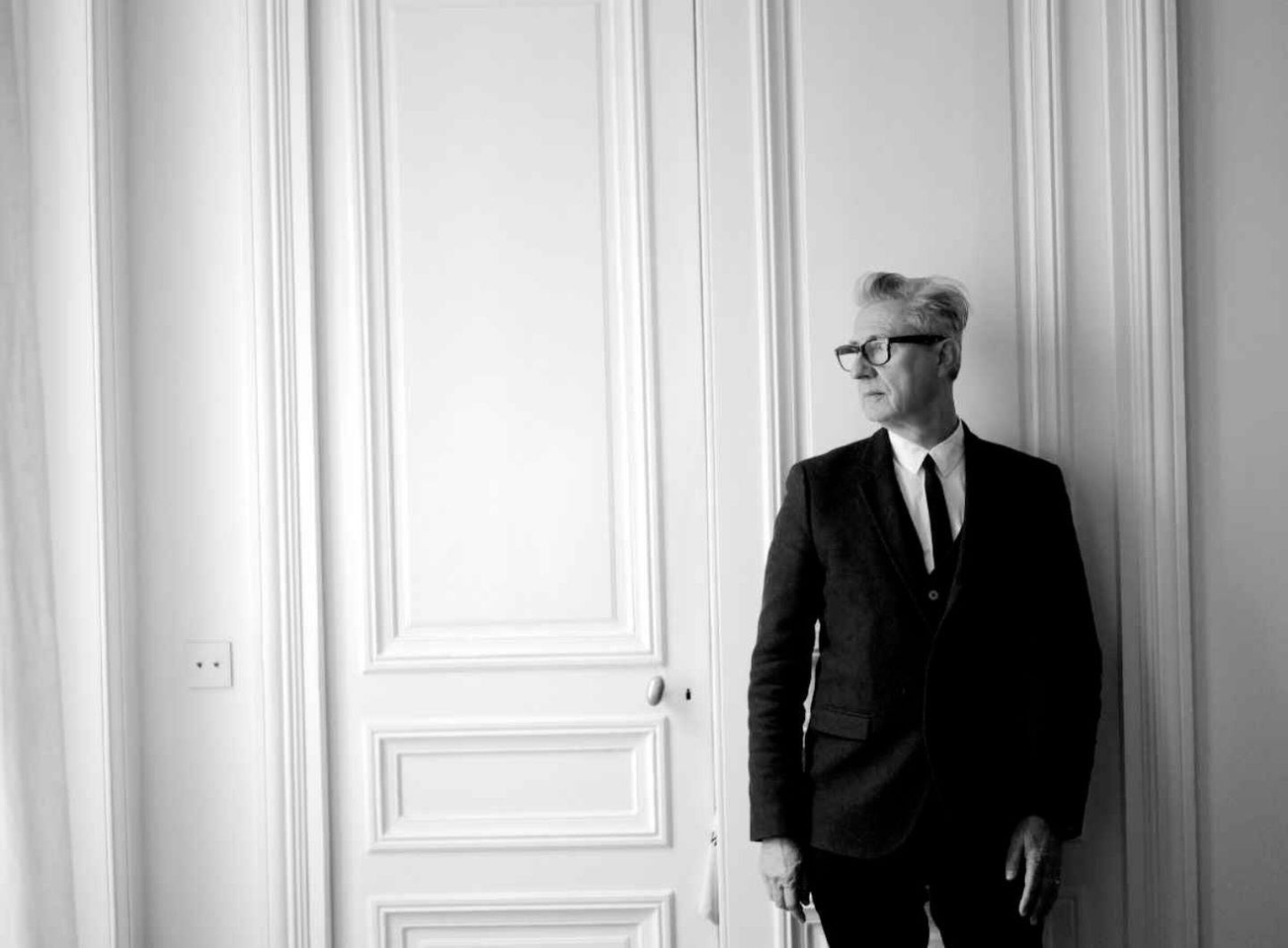
Portrait of Jérôme Sans © Mathieu César
Jérôme Sans is an artistic director, exhibition curator, and internationally recognized cultural agitator, known for his pioneering and cross-disciplinary approach to new models of cultural institutions and exhibitions. He is notably the co-founder of the Palais de Tokyo in Paris and was the first director of the Ullens Center for Contemporary Art in Beijing (UCCA). Since 2022, he has been involved in the development of LagoAlgo, a new art venue in Mexico City. He has curated numerous major exhibitions around the world, including the Taipei Biennial (2000), the Lyon Biennale (2005), Erwin Wurm at the Museum of Contemporary Art in Belgrade (2022), and Noor Riyadh (2023).
1. Hello Jérôme! Could you start by introducing yourself to our readers? How did your career as a curator and artistic director begin?
Everything started naturally. At 18, I knew I wanted to pursue contemporary creation, but I wasn't sure if I would lean toward cinema, music, or art. The word "art" was completely abstract to me. I didn't know what contemporary art meant and had no connections in the field. It was when I met the art critic Bernard Lamarche-Vadel that I realized contemporary art would be the path of my life, and I would follow that direction. I immediately immersed myself in the study of contemporary art by attending his courses, one of the few critics who taught them at the time. By the age of 21, I started writing for art magazines and organizing exhibitions organically, without specific venues.
Since then, my life has not developed in a linear way but always organically, moving from one adventure to the next without following a traditional, classic path. In the early 80s, I invested all my energy into participating in the adventure of my generation. At that time, the art scene was focused on the new generation in New York, Cologne, London, Milan, but the French scene was still concentrated on the 1970s movement Supports/Surfaces.
I wanted to defend the contemporary creation of the new generation, which had no place in the media, institutions, or contemporary art galleries in France. My early years were entirely dedicated to this ambition. I sought to give my generation an international resonance.
In 1983, at 23, I organized a traveling exhibition in England, “New French Painting", in four institutions (Riverside Studios, London; Modern Art Oxford; John Hansard Gallery, Southampton; Fruitmarket Gallery, Edinburgh). For a year, I traveled with this exhibition like a rock band, explaining French art through conferences and workshops. This exhibition was quite successful, and from that point, I began traveling frequently to New York to work on projects, which opened doors for me in Europe and Asia.
2. What have been the defining moments in your career that shaped your journey?
Every day is a defining moment. There isn't one moment more important than another. I reinvent myself every day. It's more about the unlikely and decisive encounters that have shaped my journey: moments of sharing, the desire to develop new things with people I've met around the world. These meetings sparked the changes that altered the course of my life.
My entire life has been about co-construction and collaboration, from the age of 21 until now. In this way, I've always sought to build new tools adapted to the times and to contemporary creation so that it can be understood and appreciated by an ever-evolving public.
I've always tried to question and reinvent the exhibition model to make it relevant to its era, ensuring that art is accessible to other communities who don't necessarily have access to culture, as well as to other industries and fields. My ambition was—and still is today—to create links between different worlds and generations that coexist but don't know each other, that don't engage even though they have much to share.
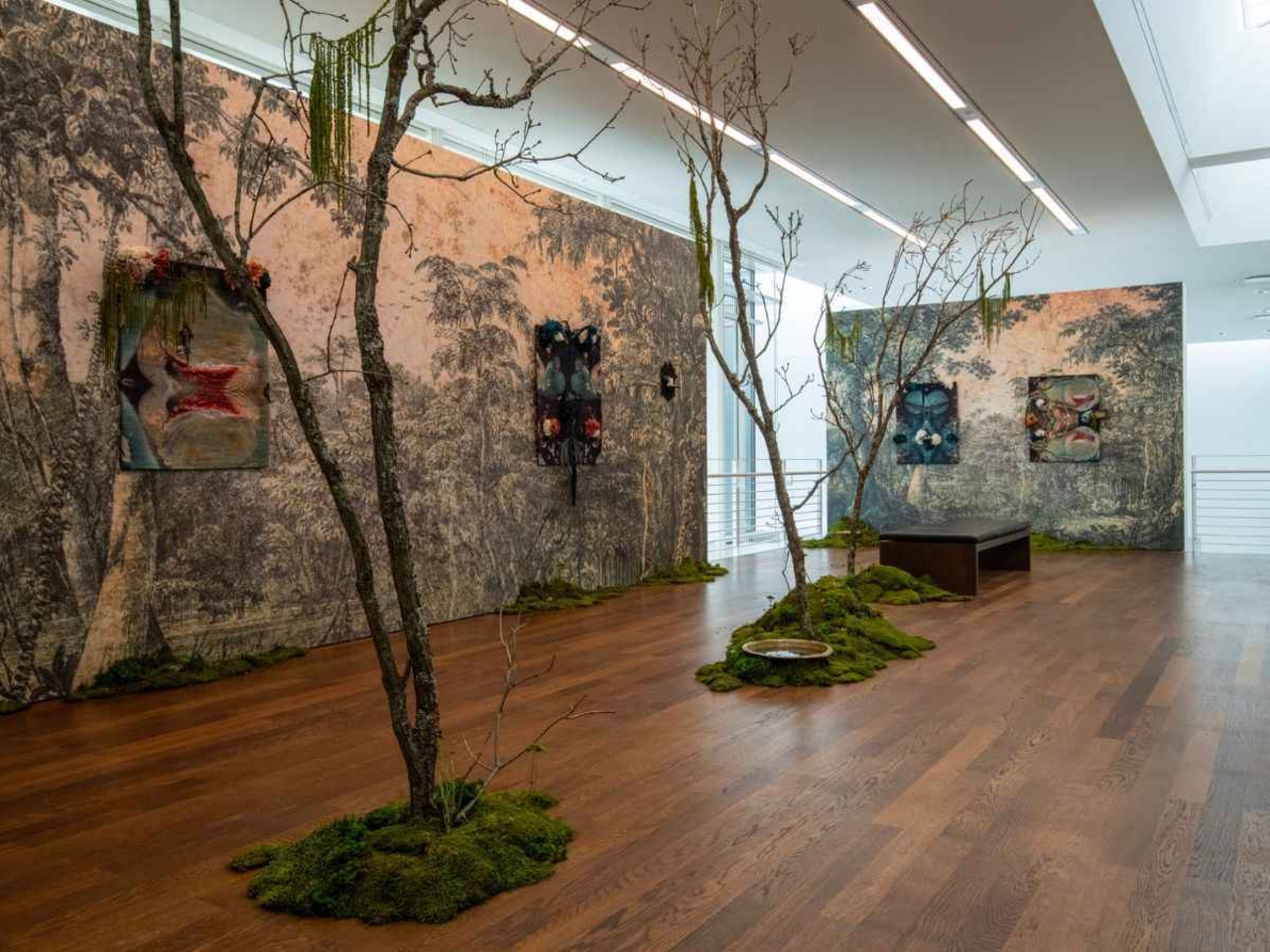
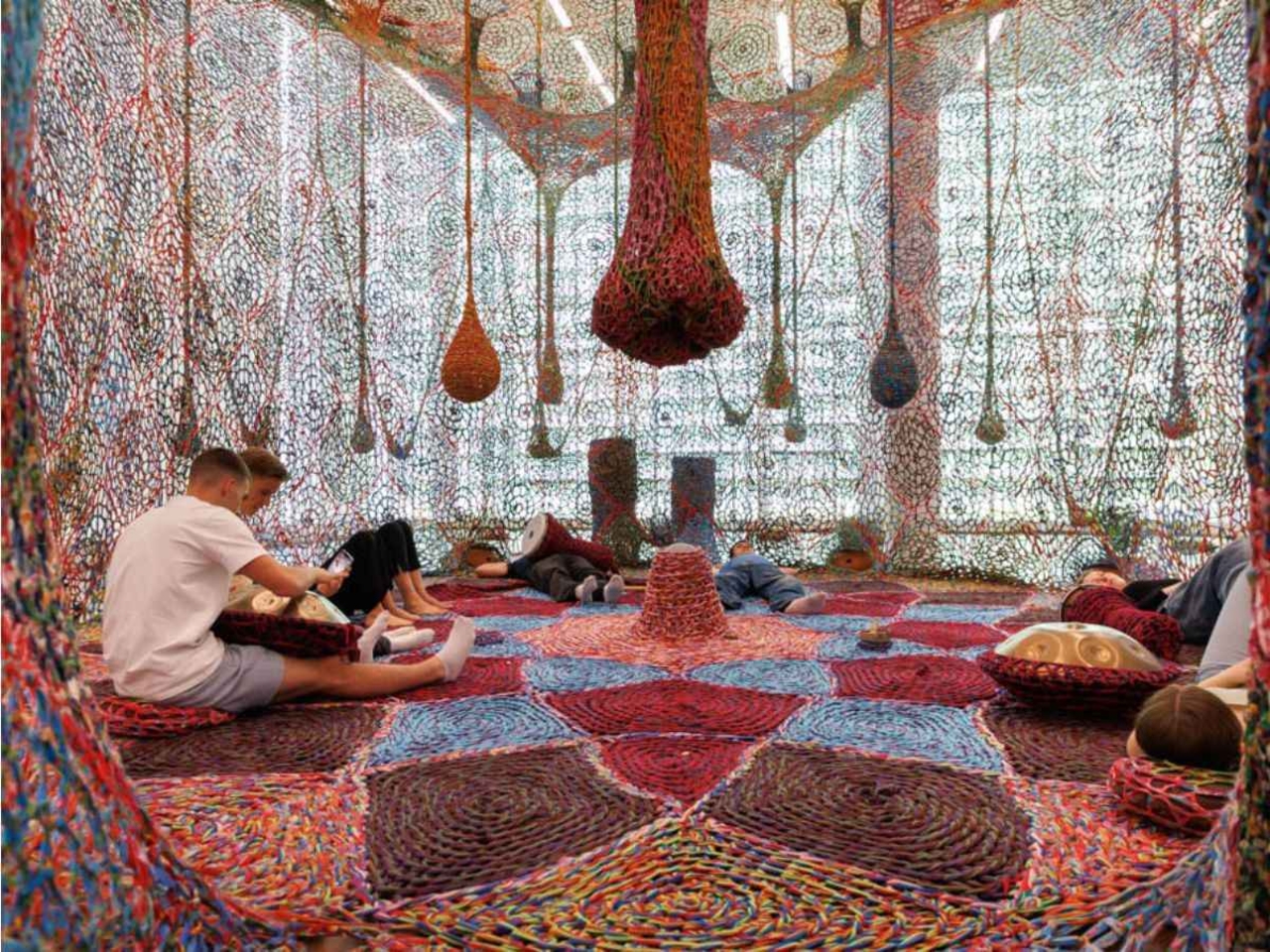
Left: Exhibition view, Salt Kisses My Lichens Away, Bianca Bondi, Frieder Burda Museum, 2024 © Nikolay Kazakov / Right: Exhibition view, The Birth of Contemporous Blue Tree, Ernesto Neto, Frieder Burda Museum, 2024 © Nikolay Kazakov
3. What have been your most significant influences in the art world, and how have they impacted your work?
My influences come from artists, thinkers, musicians, writers, philosophers, men, and women who have inspired me and shaped my worldview. Meeting the art critic Bernard Lamarche-Vadel at 18, the founder of the magazine “Artistes", was a revelation. At 23, discovering Riverside Studios in London introduced me to an interdisciplinary, libertarian, and lively space. I had avoided museums in my youth because they felt too closed and authoritarian. Milena Kalinovska, the exhibitions director, shared her space and network with me. Figures like Daniel Buren influenced me through their creativity and generosity. These encounters drove me to focus on interviews to share creative vitality. We are merely conduits.
4. What has been the most complex exhibition you've organized, and what lessons did you learn from it?
All exhibitions are complex by nature. Every time, there are different contexts, forms, people, artists, countries, cultures, and formats. I've always faced various challenges that taught me new things. From my earliest exhibitions, which I put together with very few resources, to today, I've constantly questioned myself to ensure that the exhibition project is as clear, visible, dynamic, different, and challenging for the artist as possible. Each project is a risk, a reflection, a reconsideration of what an exhibition means. Curating an exhibition is never about repeating the same thing. It's about finding systems that are different, living, thinking entities, not just works hung next to each other without a story. Like making a film, it's about creating a narrative system that must have coherence with what came before in one's body of work and what's to come after. It's about writing something different while maintaining continuity and avoiding the trap of repetition. That's where the complexity lies—translating the idea, the concept, into a shared reality at just the right moment.
5. Can you share an anecdote or a defining moment in your career that particularly influenced you?
Meeting Eugène Ionesco—one of the greatest playwrights of the 20th century—in the halls of Riverside Studios in London in 1982. I never imagined I would meet an author whose play “The Chairs" (1951) I had studied in school. I saw the figure of the author as someone unreachable. His modesty, kindness, and creativity completely electrified me. My life has been a continuous series of unexpected, striking connections with creatives, artists, and exceptional people.
6. What emerging trends do you see in the contemporary art scene over the next few years?
A trend is emerging in response to the crisis the world is facing on every level— political, social, economic, and cultural. It's a tendency toward complete reinvention. We are witnessing the end of an old world entering a new, complex era. This new era is much more fluid in every sense, in how people will work together. It's about breaking free from the limitations the art world has developed over its history without realizing it. There is also a more relaxed approach to technology in general, with a 360-degree openness.
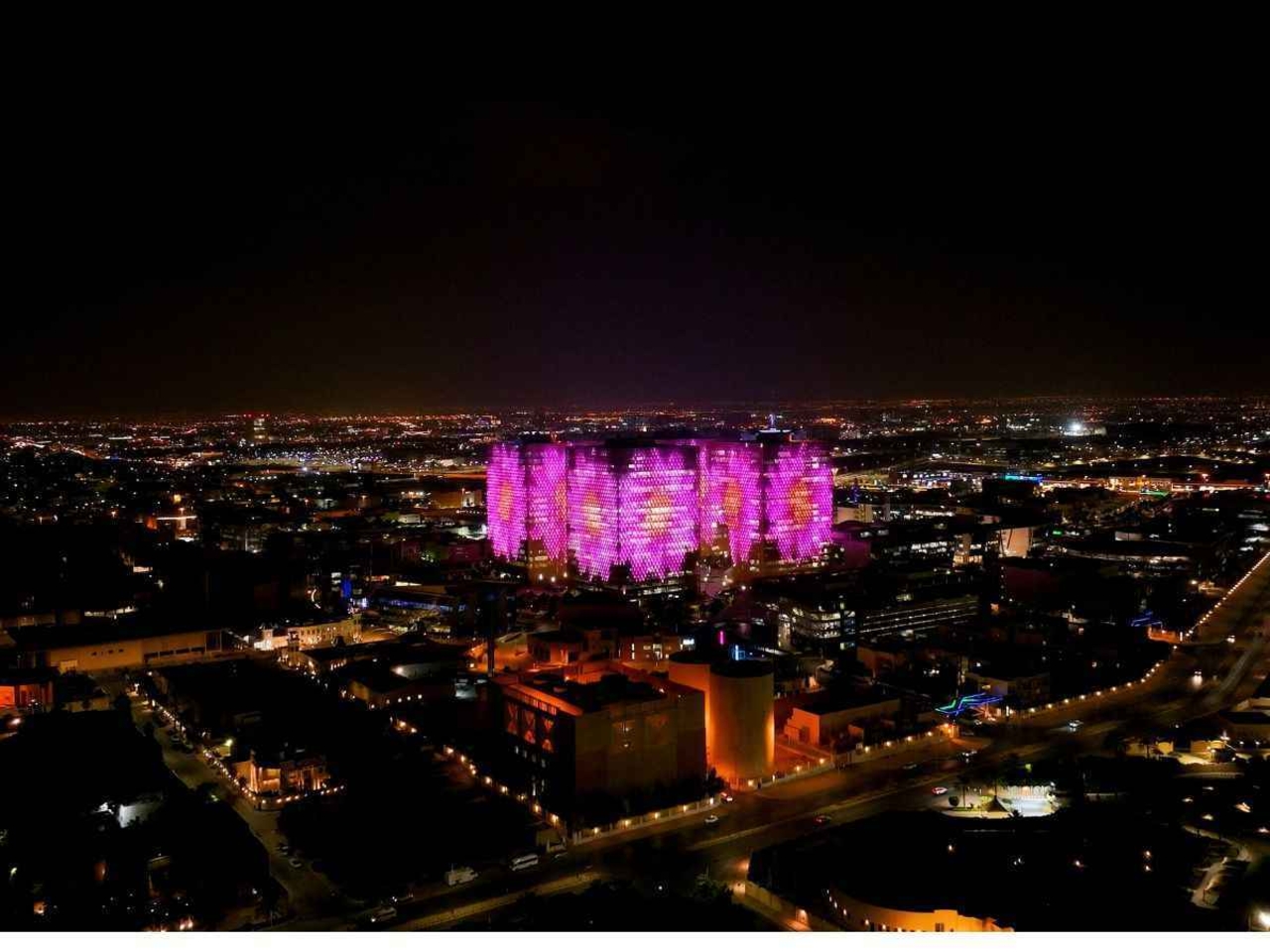
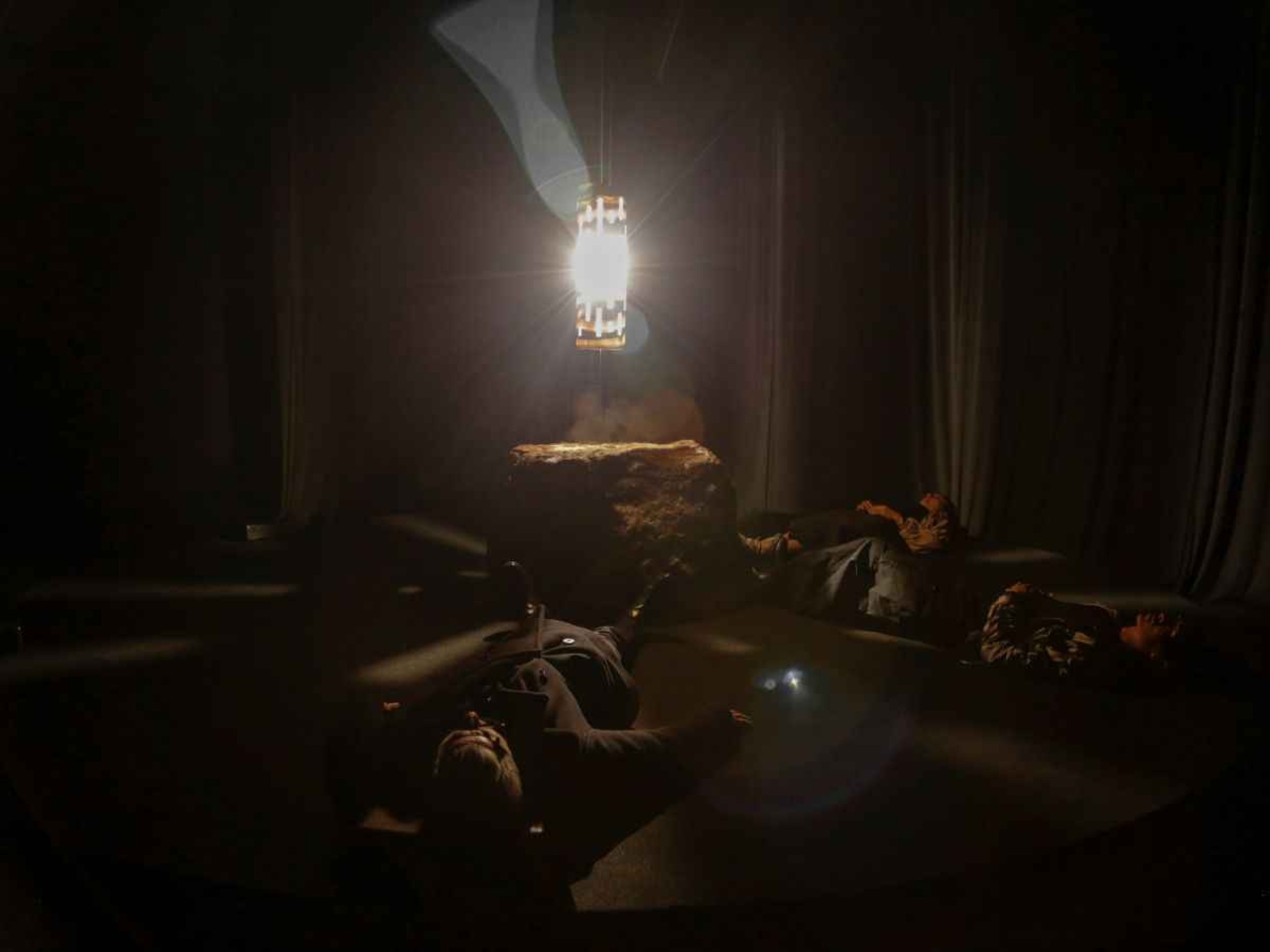
Left: LAURENT GRASSO Future Herbarium, 2023 Site specific 3D animation, LiDAR scans Digital City Towers, Riyadh © Laurent Grasso © Noor Riyadh & Havas, commissioned by RCRC and Riyadh Art / Right: Exhibition view, Earth Listens When You Speak, Julian Charrière. Julian Charrière, Vertigo, 2021 © Alum Gálvez
7. How do you incorporate new technologies or new media into your curatorial practice?
New technologies have always been part of artistic practice. Since the dawn of time, artists have been drawn to inventing new forms of expression. New technologies are undoubtedly an integral part of art history. Every new invention, whether it was perspective or the printing press, has been closely tied to contemporary creation in each era. Over the past century, we've experienced an accelerated revolution in technologies and witnessed an incredible speed of change. The question is not about the technology itself, but how artists use it. Today, no artist works without digital tools, a computer, or a phone. Even painters frequently use computers now. Many creators also use artificial intelligence as a super assistant. Similarly, when curating exhibitions, it's hard to imagine doing so today without digital support, such as 3D renderings, which allow ideas to be visualized immediately. The approach to exhibitions and curatorial practice in general has completely changed.
8. What advice would you give to emerging curators and artists who want to make a place for themselves in the contemporary art world?
Work first with your generation to understand the journey of your era. You need to be connected with both your generation and the new ones, without ignoring history. You must live with the past while embracing the present and the future. The three cannot exist without one another.
9. How do you reconcile artistic integrity with the commercial aspects of the art industry?
Let's be clear, we are all economic actors in the market. We are part of a complementary community where everyone—even those on the non-profit side (art critics, historians, curators, institutional directors…)—participates in the global economy of the art world. Even if we are not primary market players and don't engage in sales, we are all part of the entire cultural chain's ecosystem, and therefore part of the market. If we are not the lead actors, we are supporting ones. We still participate.
Their favorite artworks

